A team from the University of Ottawa, Canada have automatically fabricated 2-nm solid-state nanopores with high yield.
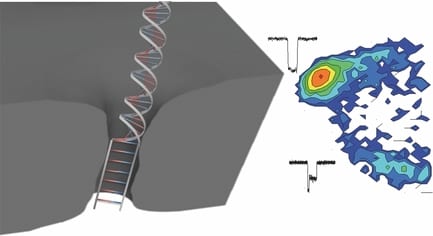

A team from the University of Ottawa, Canada have automatically fabricated 2-nm solid-state nanopores with high yield.
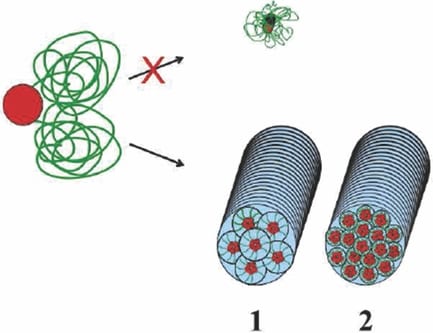
Researchers have reported an attempt to mimic nature’s concepts in forming synthetic hydrogel fibers via a bottom-up self-assembly process.
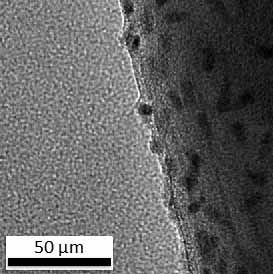
A research team has improved the DNA/RNA transfection ability of carbon nanotubes by optimizing the plasma processes used in their functionalization.
A research team have reported a novel and versatile strategy to assemble inorganic NPs into sub-50 nm vesicles.
Scientists from Australia in Australian National University have examined recent progresses on the mechanisms of water and ion transport through nanoscale pores.
The research article from Georgia Tech addresses an important issue in the current battle against cancer – the development of resistance to anticancer drugs, which leads to the loss of efficacy of chemotherapeutic treatment.

New research from Duke University may clarify the questions remaing in the synthesis of Cu nanowires via the EDA-mediated method.
Rice, Göttingen, VU researchers track single-molecule proteins in living cells.
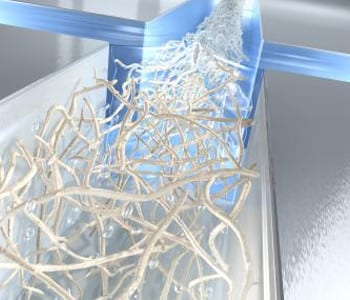
Procedure spins extremely tough filaments from tiny cellulose fibrils by aligning them all in parallel during the production process.
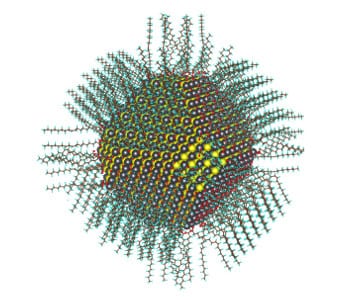
Results explain the passivation mechanism of semiconducting nanocrystal surfaces.